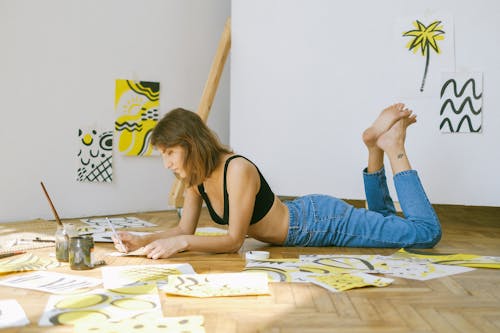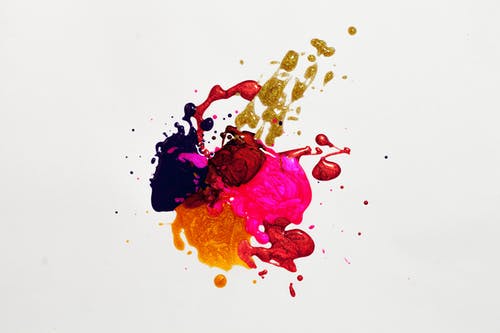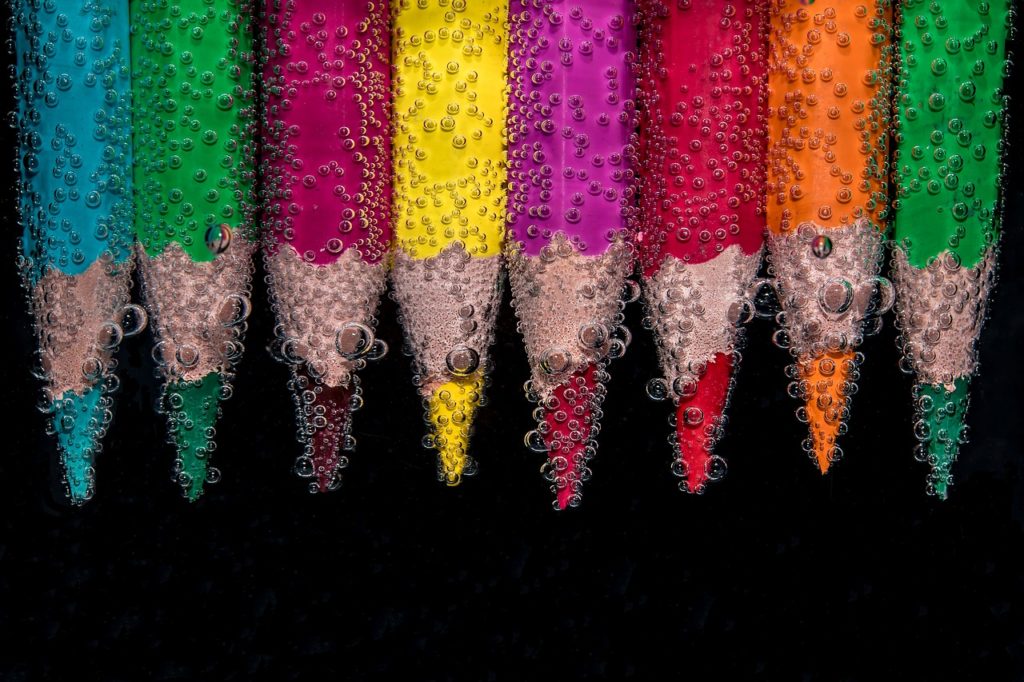The life of an artist is full of mystery, creativity and unpredictability. Artists have unique lifestyles that often encompass the pursuit of passions and ideas. There is no one-size-fits-all description of how the average artist lives. Different artists may have different philosophies on how they approach their lives, what they do for fun and work, what types of material they consume, and what drives them to continue making art.
The first aspect of an artist’s lifestyle is creativity. Creativity is what drives the artist to produce works of art. It is the artist’s ability to think independently and take risks in their art that gives them the opportunity to explore and grow as a creative individual. Creativity also gives the artist the opportunity to express their emotions and stories through their art, enabling them to speak to wider audiences and explore deeper ideas.
The second aspect of the lifestyle of an artist is passion. Artists are passionate about their work and often immerse themselves into their art with all of their heart and soul. Having a passion for something allows an artist to stay motivated and strive to create something new and original. It is this passion that allows an artist to really hone their skills and ultimately craft something beautiful and meaningful.
Thirdly, curiosity is an essential part of the lifestyle of an artist. Having a curious nature allows the artist to explore different aspects of their art form. Curiosity gives the artist the opportunity to experiment with different materials and techniques and in turn, gain new skills. This curiosity fuels the artist’s ambition and allows them to gain new insights into their art and move away from the mundane.
Finally, the lifestyle of an artist involves discipline. Discipline is important in order to make art consistently and stay on track. Artists have to make sure that they stay disciplined and work regularly to create more art, develop their skills, and improve their craft over time. Discipline also allows artists to take small steps in order to reach their ultimate goal of crafting something meaningful and lasting.
These are just some of the aspects that make up the lifestyle of an artist. It is important to remember that every artist is unique in their approach to art, and so will have a different lifestyle. The key to a successful lifestyle as an artist is to stay passionate, creative, curious, and disciplined. With these virtues, an artist can truly express themselves and their ideas through their art and reach a larger audience.





